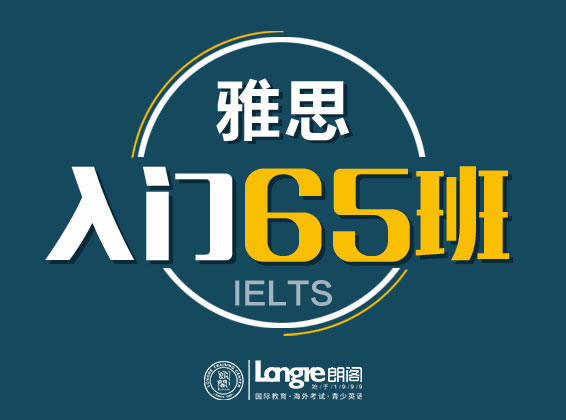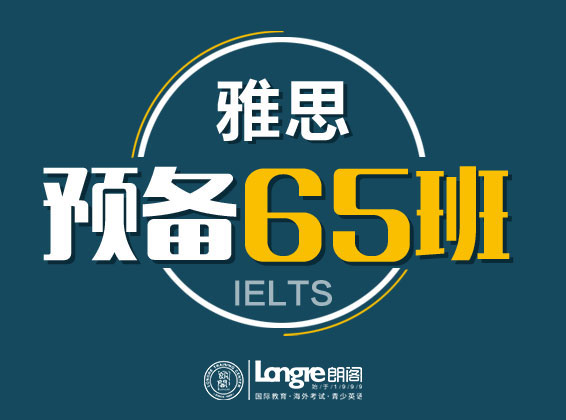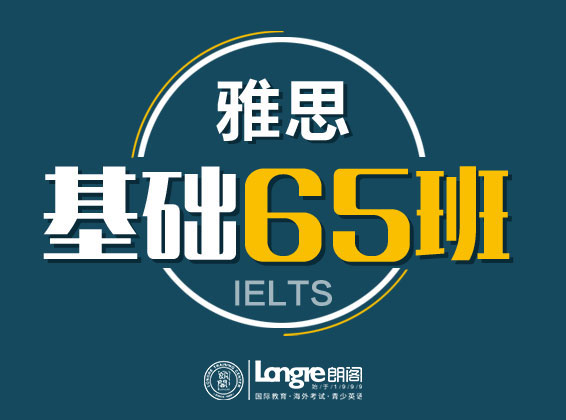|
P1 电影改编 P2 环境保护 P3 不同教育方式 朗阁教师孙景楠点评 1. 本次考试难度简单。 2. 整体分析:涉及文化类(P1)、自然环境类(P2)、教育类(P3)。 本场考试三篇文章较之前有比较大的风格转变,文章话题相对比较容易理解,没有出现过于晦涩难懂的学术性文章,同时题型分布中规中矩,细节题型较多,。第一篇共两个题型(判断和填空),话题易懂,贴近生活;第二篇文章话题比较陌生,配对题占多数;第三篇话题相对陌生,偏学术,依旧出现匹配,难度相比略高。 3. 主要题型:本次考试细节题型为主导,前两篇相对容易定位,第三篇的配对题为难点,强调理解,考生很难有十足把握。 4. 文章分析:第一篇文章介绍了狄更斯小说改编电影; 第二篇文章讲述塑料的回收及对环境的作用; 第三篇介绍不同国家文化背景下儿童教育; 5. 部分答案及参考文章: Passage 1: 题型:判断+填空 原文待回忆 Passage 2: 题型:段落匹配+判断+选择 相似文章参考 The Development of Plastics When rubber was first commercially produced in Europe during the nineteenth century, it rapidly became a very important commodity, particularly in the fields of transportation and electricity. However, during the twentieth century a number of synthetic materials, called plastics, superseded natural rubber in all but a few applications. Rubber is a polymer – a compound containing large molecules that are formed by the bonding of many smaller, simpler units, repeated over and over again. The same bonding principle – polymerization – underlies the creation of a huge range of plastics by the chemical industry. The first plastic was developed as a result of a competition in the USA. In the 1860s, $10, 000 was offered to anybody who could replace ivory – suppliers of which are declining – with something equally good as a material for making billiard balls. The prize was won by John Wesley Hyatt with a material called celluloid. Celluloid was made by dissolving cellulose, a carbohydrate derived from plants, in a solution of camphor dissolved in ethanol. This new material rapidly found used in the manufacture of products such as knife handles, detachable collars and cuffs, spectacle frames and photographic film. Without celluloid, the film industry could never have got off the ground at the end of the 19th century. Celluloid can be repeatedly softened and reshaped by heat, and is known as a thermoplastic. In 1907 Leo Baekeland, a Belgian chemist working in the USA, invented a different kind of plastic by causing phenol and formaldehyde to react together. Baekeland called the material Bakelite, and it was the first of the thermosets – plastics that can be cast and moulded while hot, but cannot be softened by heat and reshaped once they have set. Bakelite was a good insulator, and was resistant to water, acids and moderate heat. With these properties it was soon being used in the manufacture of switches, household items, such as knife handles and electrical components for cars. Soon chemists began looking for other small molecules that could be strung together to make polymers. In the 1930s, British chemists discovered that the gas ethylene would polymerise under heat and pressure to form a thermoplastic they called polythene. Polypropylene followed in the 1950s. Both were used to make bottles, pipes and plastic bags. A small change in the starting material – replacing a hydrogen atom in ethylene with a chlorine atom – produced PVS (polyvinyl chloride), a hard, fireproof plastic suitable for drains and gutters. And by adding certain chemicals, a soft form of PVC could be produced, suitable as a substitute for rubber in items such as waterproof clothing. A closely related plastic was Teflon, or PTFE (polytetrafluoroethylene). This had a very low coefficient of friction, making it ideal for bearings, rollers and non-stick frying pans. Polystyrene, developed during the 1930s in Germany, was a clear. Glass-like material, used in food containers, domestic appliances and toys. Expanded polystyrene – a white, rigid foam – was widely used in packaging and insulation. Polyurethanes, also developed in Germany, found uses as adhesives, coatings, and – in the form of rigid foams – as insulation materials. They are all produced from chemicals derived from crude oil, which contains exactly the same elements – carbon and hydrogen – as many plastics. The first of the man-made fibres, nylon, was also created in the 1930s. Its inventor was a chemist called Wallace Carothers, who worked for the Du Pont company in the USA. He found that under the right conditions, two chemicals- hexamethylenediamine and adipic acid – would form a polymer that could be pumped out through holes and stretched to form long glossy threads that could be woven like silk. Its first use was to make parachutes for the US armed forces in World War Ⅱ. In the post-war years nylon completely replaced silk in the manufacture of stockings. Subsequently many other synthetic fibres joined nylon, including Orlon, Acrilan and Terylene. Today most garments are made of a blend of natural fibres, such as cotton and wool, and man-made fibres that make fabrics easier to look after. The great strength of plastic is its indestructibility. However, this quality is also something of a drawback: beaches all over the world, even on the remotest islands, are littered with plastic bottles that nothing can destroy. Nor is it very easy to recycle plastics, as different types of plastics are often used in the same items and call for different treatments. Plastics can be made biodegradable by incorporating into their structure a material such as starch, which is attacked by bacteria and caused the plastic to fall apart. Other materials can be incorporated that gradually decay in the sunlight – although bottles made of such materials have to be stored in the dark, to ensure that they do not disintegrate before they have been used. 技巧分析:对于有匹配的文章,考生应将此题型最后处理,可以优先处理填空题或信息匹配,都比较好确定答案句,最后可以结合其他题目的答案句确定是否有信息与段落信息题重合。 Passage 3: 题型:判断,填空,matching 原文待回忆 考试预测 1. 2021年03月20日这场考试考试,难度回落,尤其三篇文章细节题比例比较高考生应该将这些题型作为重点,,多做练习。对于下一场的考试,考生还需沉着应对,查缺补漏,不应针对某类题型抱有排斥心理,夯实基础多做练习才是惟一的策略。 2. 下场考试的话题可能为人文类,技术类,教育类。 3. 重点浏览2017年机经。 (责任编辑:jasmine) |
文中图片素材来源网络,如有侵权请联系删除







